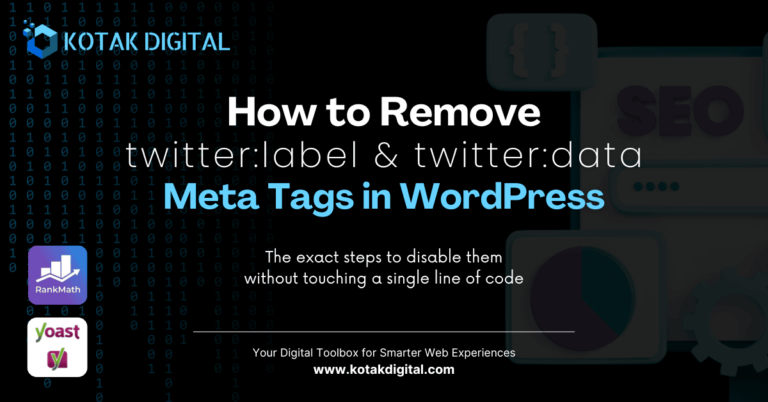When you think about how to create a telegram bot, the process might seem intimidating, especially if you’re new to the world of bot development. But here at Kotak Digital, we believe in making technology accessible to everyone. In this tutorial, we’ll guide you through creating your very first Telegram bot using BotFather without needing to write a single line of code. Perfect for students exploring Telegram bots for a school project or anyone curious about enhancing their everyday tasks with automation.
Table of Contents
What is a Telegram Bot?
Telegram bots are powerful tools that can automate tasks, provide information, and interact with users in various ways. They can respond to commands, manage groups, send alerts, and much more. Whether you want a bot to help with reminders, answer FAQs, or deliver the latest updates, the possibilities are endless.
Getting Started with BotFather
BotFather is the official bot provided by Telegram to help you create and manage your bots. Here’s how to get started:
Step 1: Open Telegram
If you don’t have Telegram installed yet, download it from the official Telegram website. Once installed, create an account or log in.
Step 2: Find BotFather
In the Telegram app, use the search feature to find @BotFather. Once you find it, click to open the chat.
Step 3: Start a Conversation
Click on the ‘Start’ button at the bottom of the chat window. BotFather will respond with a list of commands you can use to create and manage your bot.
Creating Your Bot
Now that you’re talking to BotFather, let’s create your bot:
Step 4: Use the /newbot Command
- Type and send the command
/newbot. - BotFather will prompt you to provide a name for your bot. This can be anything you like, such as “My First Bot”.
- Next, you’ll need to create a unique username for your bot. This username must end with the suffix “bot” (e.g., myfirst_bot).
Step 5: Access Your Bot Token
Once you’ve chosen a name and username, BotFather will give you a token that looks like a string of numbers and letters. This token is essential as it allows you to access and manage your bot later on. Make sure to keep this token safe!
Configuring Your Bot
Before using your bot, you may want to customize its settings:
Step 6: Set Up Commands
- To set commands, type
/setcommandsand select your bot. - You will then be prompted to enter commands in a simple format:
command1 - Description of command 1command2 - Description of command 2
This gives users a clear idea of what they can ask your bot.
Step 7: Customizing the Bot’s Profile
You can also change the profile picture and description of your bot:
- Use the
/setdescriptioncommand to give a brief description of what your bot does. - Use the
/setabouttextcommand to add additional information.
Implementing Your Bot
Now that you have created your bot and configured it, it’s time to think about how you can implement it. Here are a few ideas:
Use Cases for Telegram Bots
- Reminders: Set up your bot to send daily reminders for tasks or events.
- News Updates: Create a bot to push the latest news headlines to users based on their interests.
- Polls and Feedback: Use your bot to gather feedback through polls from your group or community.
- FAQ Bot: Design your bot to answer frequently asked questions about a specific topic.
These examples illustrate how versatile Telegram bots can be in streamlining communication and managing tasks.
Conclusion
Creating your first Telegram bot doesn’t have to be complicated. With BotFather, you can develop a functional bot in just a few minutes, perfect for school projects or personal productivity. As you explore the vast capabilities of Telegram bots, consider diving deeper into features like inline queries or webhook integration in the future.
If you’re eager to learn more and explore additional resources on WordPress and web development, check out Kotak Digital to discover more exciting and useful information. Here, we strive to provide you with tools and tutorials that enhance your digital experience.
For more in-depth understanding of Telegram and its features, you might want to visit the Telegram Wikipedia page.



